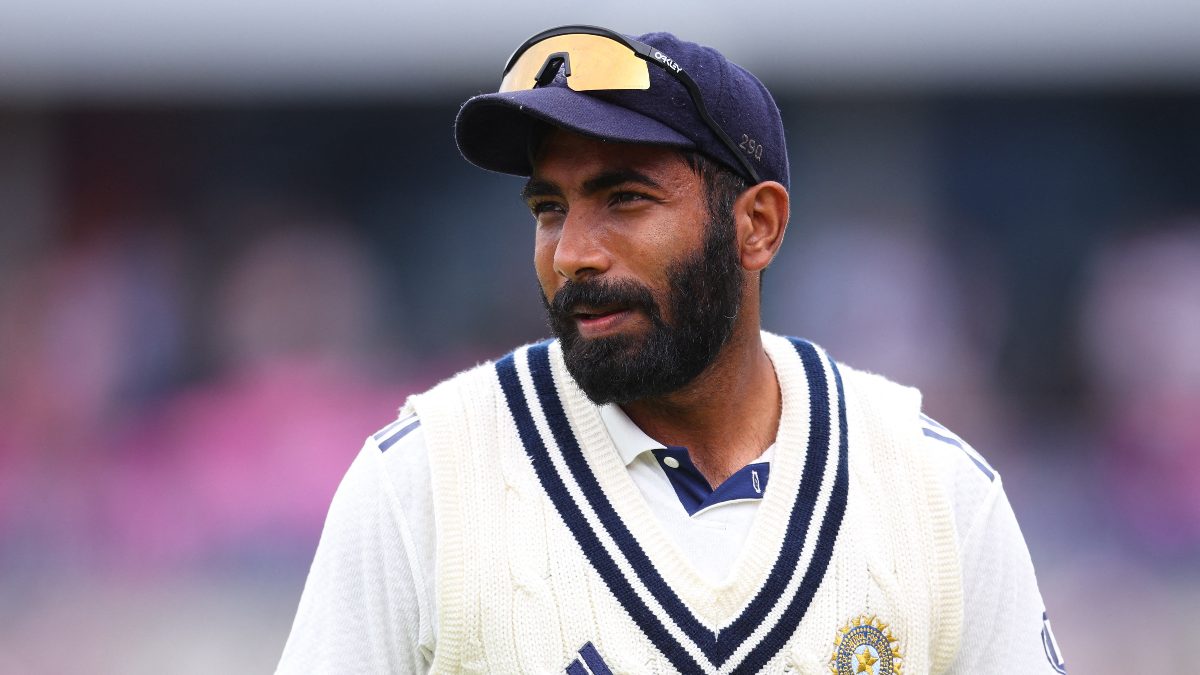Deep down, Chris Rogers was unsure if he’d ever get another crack at representing Australia. Skepticism creeped into his psyche. He was well aware of the harsh reality of international cricket. Nearly a decade into his professional career, after consistently piling on the runs during the Australian and English summers since the late 1990s, Rogers belatedly received a “Baggy green” against India at the WACA in early 2008. But a double failure (4 and 15) in a losing side meant he was swiftly dropped. It appeared he was done and dusted as an Australian cricketer. The selectors seemed to have terminally red stamped him. Rogers was likely to be forever linked with the unfortunate “One-test Club”. [caption id=“attachment_2400190” align=“alignleft” width=“380”]  Chris Rogers. AFP[/caption] Charlie Burke, the current coach of the Hong Kong national cricket team, is a close friend of Rogers. Their relationship started early in Rogers’ career when he was playing for Western Australia and Burke was working at the WACA as a coaching officer. They played against each other numerously in Perth’s local cricket scene. Eventually, when Rogers moved to Melbourne to rejuvenate his career with Victoria, he shared a house with Burke. Burke says Rogers rarely opened up about being a one-Test wonder until one day revealing disappointment at his failed solo appearance. “We didn’t talk much about it but once we were at home watching television and they had a poll on who should open between Phil Hughes and Rogers,” he recollects to Firspost. “We didn’t watch much more but then talked about the struggle and how much it actually had hurt him that he didn’t get another chance after his only Test. “Bucky is really driven to score runs and deep down it hurt him that the only Test he played he had failed in both innings. It wasn’t a true reflection of how good he actually was.” After the incomparable Justin Langer/Mathew Hayden partnership, which left a generation of openers like Rogers on the sidelines,, ended in 2007 a bevy of openers were tried – generally unsuccessfully. The most successful combination was the brief Simon Katich/Shane Watson unison from 2009-2011, but that aside, Australia struggled to find consistent openers. Despite Australia’s frailties at the top, the selectors constantly ignored Rogers’ consistency at the first class level. Burke believes Rogers was too swiftly discarded after his Test debut. “It was obvious (then Australian captain) Ricky Ponting had ‘his’ team and wanted a certain ‘fit’ of players,” he says. “It was obvious to those close to Bucky that the selectors/Ponting didn’t see that in Bucky. “As a mate I always told him he would get another opportunity, but deep down I wasn’t convinced. Why wasn’t he getting picked? They tried so many others when Bucky was outscoring everyone season after season after season. “But for Bucky, it didn’t hurt him that he only played one Test; it hurt him that he didn’t perform to the standard he set.” Instead of brooding too much, Rogers sought solace in stockpiling runs. Finally, the sheepish selectors were forced to eradicate their long held perception and pick him. Rogers was surprisingly selected for the 2013 Ashes in England, as Australia was still recovering from the humiliation of losing 4-0 in India during their worst nadir for nearly three decades. An inexperienced and immature Australian team desperately needed some gravitas, and Rogers’ assuredness – both on-and-off the pitch – was exactly the right tonic. Most of Australia’s recent success (pre the current Ashes) has been attributed to their fearsome fast bowling and the astounding batting exploits of David Warner and Steve Smith. But Rogers was a major catalyst for the team’s strong performances from late 2013 to mid-2015. His sedate style has juxtaposed perfectly with Warner’s flamboyance. They complement each other, and have struck a genuine relationship both on-and-off the field. Some of Warner’s newfound maturity can be attributed to Rogers’ mentoring. Rogers has been Australia’s most reliable player during their horrid current Ashes series. His penchant for playing the ball late has been a vital commodity in conditions where the ball has swung wickedly during the past two matches. Rogers’ patience and technique has been a class above any of his teammates, and he has even noticeably outplayed the more lauded Warner and Smith. Slightly lost amid the Michael Clarke retirement fanfare, Rogers will have his international farewell during his 25th Test match at The Oval. Rogers has become so dependable – he has not had a bad Test since India in Adelaide last December - that he perhaps will be harder to replace than Clarke. He was the one player in the team who you pretty much knew for certain would not throw away his wicket. Rogers would scratch and claw in a dogged fight; anything to keep his wicket intact. The fragile Australian batting lineup will greatly miss Rogers’ tenacity. He was a throwback to a bygone era, a no frills opener who evoked the likes of Mark Taylor and Bill Lawry. In the T20 age, it’s hard to know whether Rogers’ style is still being produced. Burke says the key to Rogers’ success is his sheer hatred of being dismissed. “No one hates getting out more than he does,” he says. “He always ensures he does the hard work against the new ball and that he won’t ever throw his wicket away. Bucky hates to be outscored; he thrives on scoring the most and I think that type of selfishness is a good thing.” “I think there will be a sense of accomplishment as he plays his final test. He has the true Baggy green spirit and the fact he got that second life has given him the knowledge that he was good enough at the international level.”
An inexperienced and immature Australian team desperately needed some gravitas, and Rogers’ assuredness – both on-and-off the pitch – was exactly the right tonic.
Advertisement
End of Article


)

)
)
)
)
)
)
)
)



